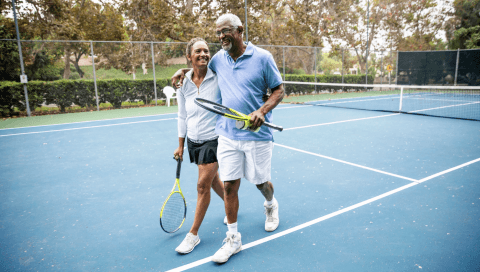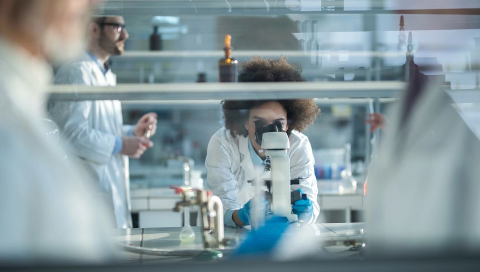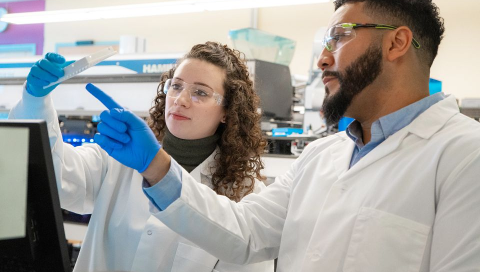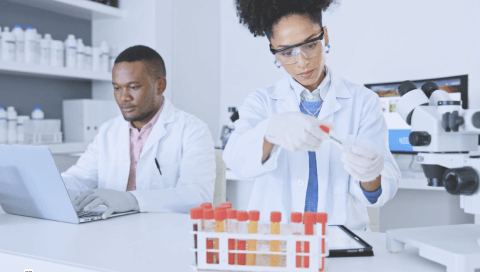Stories Library
We proudly offer support and resources to researchers, healthcare providers, patients and their advocates as well as our local communities.

October 24, 2024
Fueling Future Innovation: Cultivating Tomorrow’s STEM LeadersLearn how Regeneron transforms curiosity into lifelong scientific legacies and supports the next scientific generation through investments in STEM education.
Responsibility & Culture

October 01, 2024
Let’s Get Real About Skin CancerLearn how Regeneron educates people on the risks of nonmelanoma skin cancers like BCC and CSCC and promotes early detection.
Research & Preclinical Development

August 29, 2024
Applying Emerging AI and Machine Learning Tools to Find Equitable Solutions to Scientific DiscoveryRead about Applying Emerging AI and Machine Learning Tools to Find Equitable Solutions to Scientific Discovery
Research & Preclinical Development

May 28, 2024
A Compliance Program With Science and Patients at the CoreWhen your motivation is advancing science and helping as many people as possible, ethics and integrity come naturally.
Responsibility & Culture

May 06, 2024
Hitting the “On Switch” in Hearing LossA novel gene therapy approach to switch on genetic drivers of hearing.
Clinical Research & Medicines, Research & Preclinical Development

April 24, 2024
Innovating for GoodApplying a toddler’s mindset to build resiliency and improve our world
Genetics

February 04, 2024
The RGC Effect: A Decade in the MakingReflecting on the first 10 years of the Regeneron Genetics Center® (RGC), with impact far beyond what we could have imagined.
Genetics

February 01, 2024
Striving to Make a Big Impact in Cancer CareHow we are leading a charge to close the care gap in cancer treatment on World Cancer Day and everyday.
Clinical Research & Medicines

October 18, 2023
Advancing African Ancestry Representation in Genomic Research and STEM EducationDriven to make a difference through the Together for CHANGE™ Initiative
Genetics

September 20, 2023
Prioritizing Eye Health With the Gr8 Eye MovementDriving awareness for serious retinal diseases among impacted groups with a patient-focused disease awareness campaign.
Clinical Research & Medicines